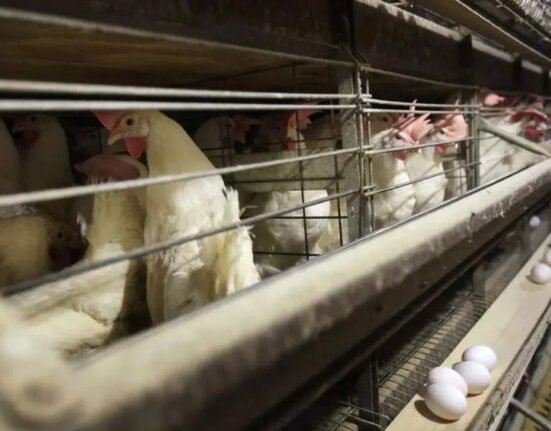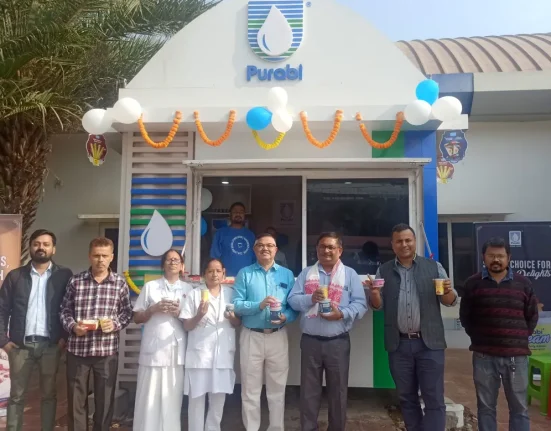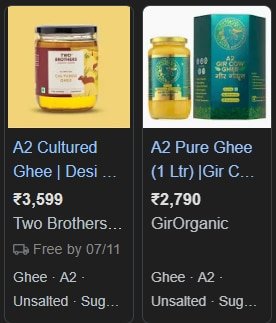As the July 9 deadline to avert U.S.-imposed tariffs approaches, India has signalled its willingness to engage in a comprehensive trade pact with the United States. However, Finance Minister Nirmala Sitharaman has reiterated that while India is open to a “big, good, beautiful” deal, the agriculture and dairy sectors are firm red lines in ongoing negotiations.
🎯 Strategic Trade Vision Aligned with Viksit Bharat 2047
Sitharaman, speaking to The Financial Express, emphasised the strategic importance of signing high-value trade agreements with developed economies in realising the vision of a Viksit Bharat by 2047. Yet, she was unequivocal in stressing that trade liberalisation must not come at the cost of millions of Indian farmers and dairy producers.
“Agriculture and dairy are not up for compromise. These sectors form the backbone of our rural economy,” said Sitharaman.
The remarks come amid renewed negotiations in Washington, where an Indian delegation has extended its stay, signalling the seriousness of discussions. The U.S.S., under President Donald Trump, is pushing for expanded access to American agricultural and dairy products—a sensitive area for India.
🥛 Why India Is Holding the DaiLine India’s dairy ecosystem is fundamentally structured around smallholder farmers, with over 80 million rural households depending on livestock for income. Key concerns driving India’s stance include:
- Threat to Livelihoods: Opening Indian markets to subsidised US dairy imports could disrupt the incomes of small-scale producers.
- Food Sovereignty: India prioritises domestic self-reliance in dairy through cooperative models, such as Amul, Nandini, and Mother Dairy.
- Quality and Cultural Differences: Indian dairy products are primarily fresh and non-refrigerated, whereas their exports are typically processed and frozen, which raises issues related to compatibility and consumer preference.
“This isn’t just about tariffs; it’s about rural resilience, nutrition access, and protecting the world’s largest dairy cooperative network,” notes Dr. R. Meenakshi, an agricultural economist.
đź“Š Current Trade Roadblocks
Despite progress on technology, digital trade, and even pharmaceutical cooperation, the following sectors remain contentious:
| Sector | India’s Concern |
|---|---|
| Dairy | Influx of US powdered milk and cheese |
| Agriculture | Genetically modified crop imports |
| Auto & Components | Phased tariff cuts vs immediate access |
| Data Localization | Sovereignty over digital infrastructure |
US: The US Agenda and Domestic Constraints
Meanwhile, President Trump’s economic team is focused on pushing through the controversial “Big Beautiful Bill”, which contains significant cuts to Medicaid and food stamps, tighter immigration control, and subsidy rollbacks. The administration views a trade deal with India as a means to boost US exports and mitigate domestic backlash.
With the July 9 tariff deadline imminent, both sides are weighing whether to:
- Finalise a limited “early harvest” deal
- Extend talks for a phased, comprehensive pact
- Allow tariffs to snap back, raising costs for key exports
🧠What’s at Stafor India’s Dairy Industry
If India makes concessions on dairy, the impact could be far-reaching:
- Price Pressures: Local producers may struggle to compete with cheap imports
- Cooperative Disruption: Institutions like GCMMF (Amul) and KMF (Nandini) could face market share erosion
- Policy Precedents: Future deals (e.g., with EU or UK) may demand similar access, multiplying risks







